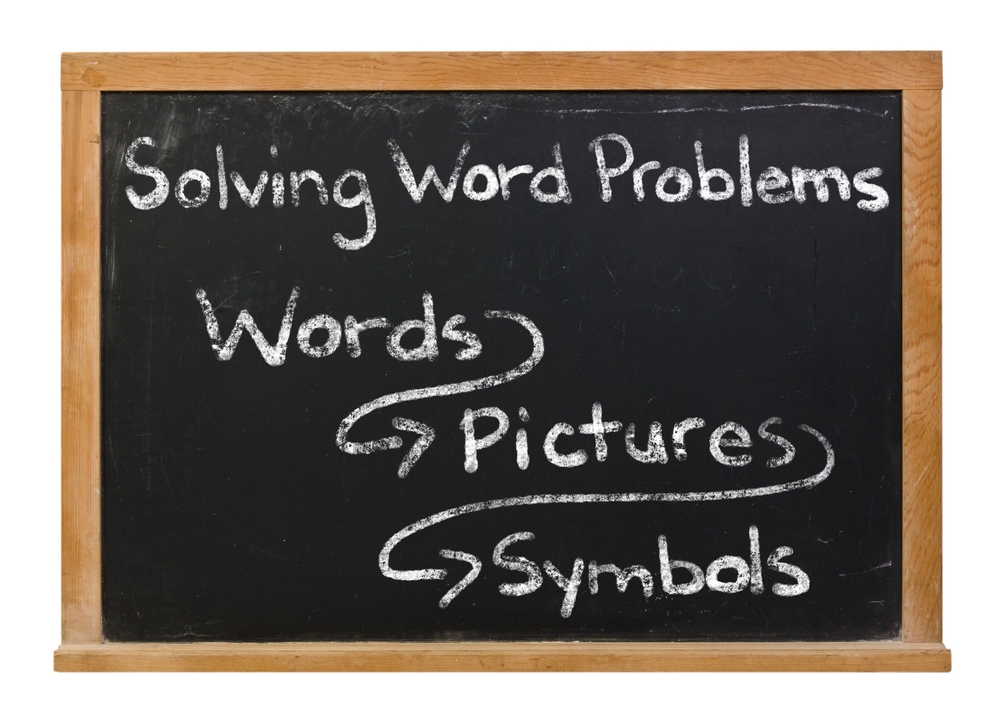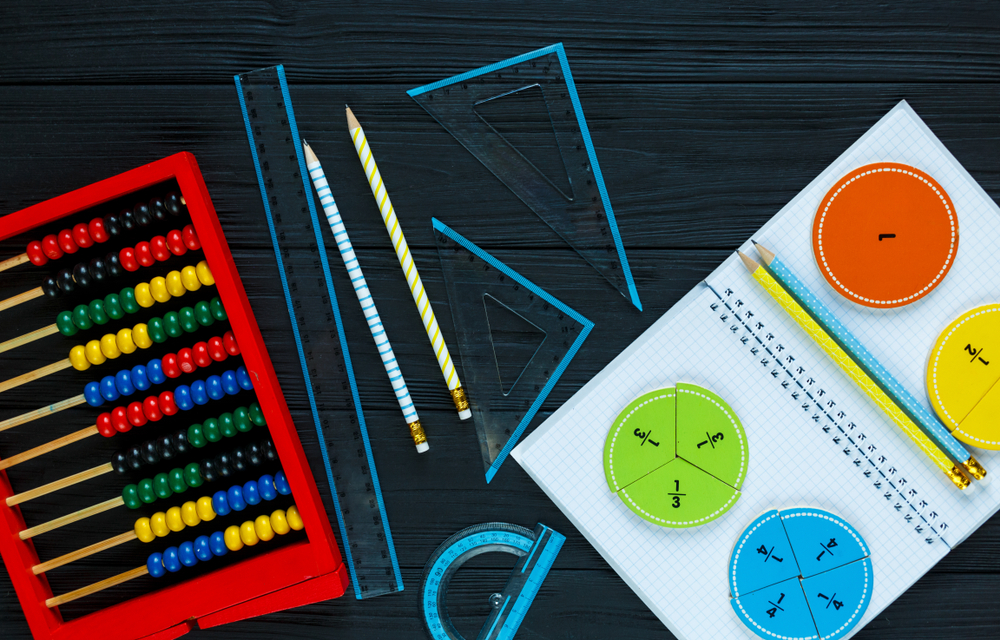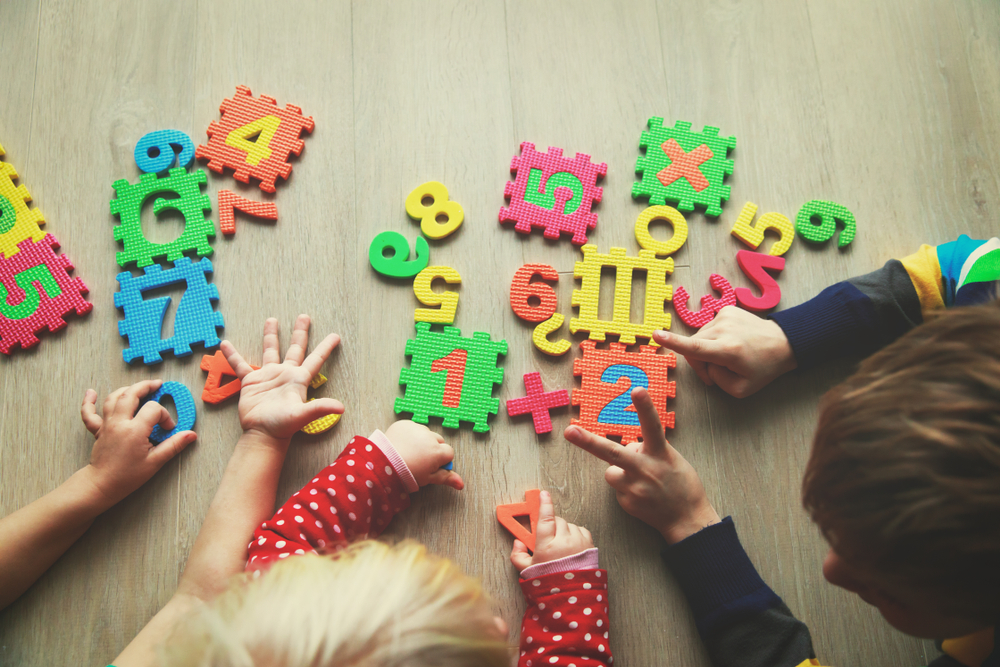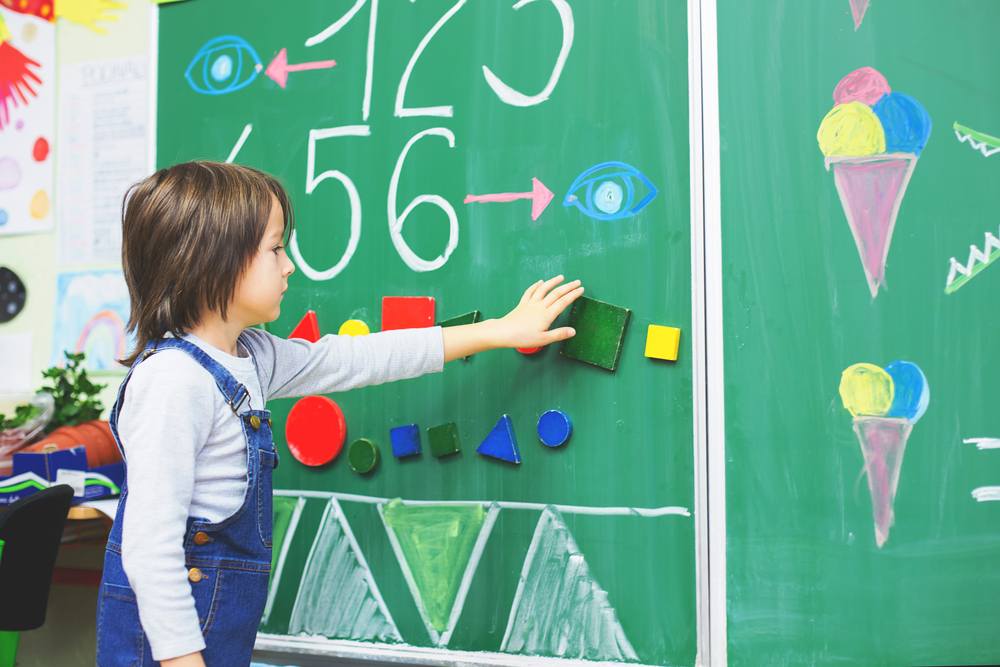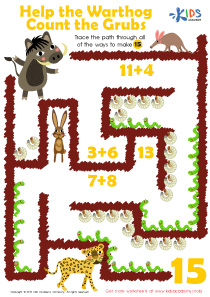Normal Subtraction Worksheets for Ages 3-5
4 filtered results
-
From - To
Explore our engaging Normal Subtraction Worksheets designed specifically for children ages 3-5! These printable worksheets introduce the fundamental concept of subtraction in a fun and interactive way. Perfect for preschoolers and kindergarteners, our resources feature colorful illustrations and age-appropriate problems that help young learners practice counting and decrease numbers confidently. With a variety of activities tailored to develop essential math skills, children will enjoy honing their subtraction abilities while enhancing fine motor skills. Encourage a love for math in early childhood with our normal subtraction worksheets, ensuring your little ones build a strong foundation for future learning! Get started today!
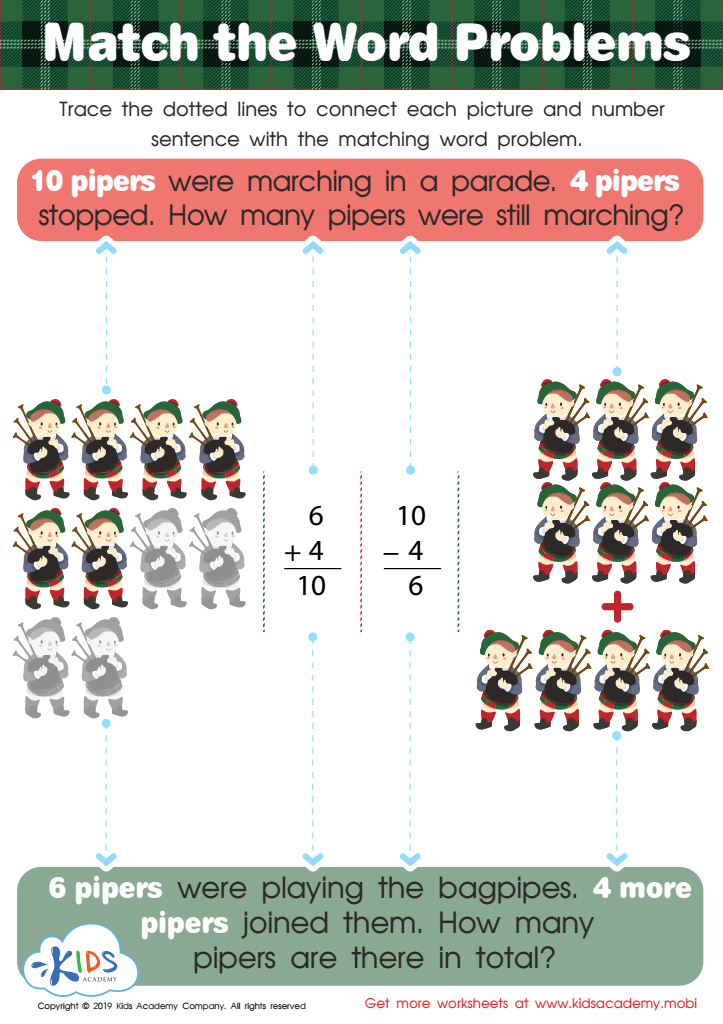

Match the Word Problems Worksheet
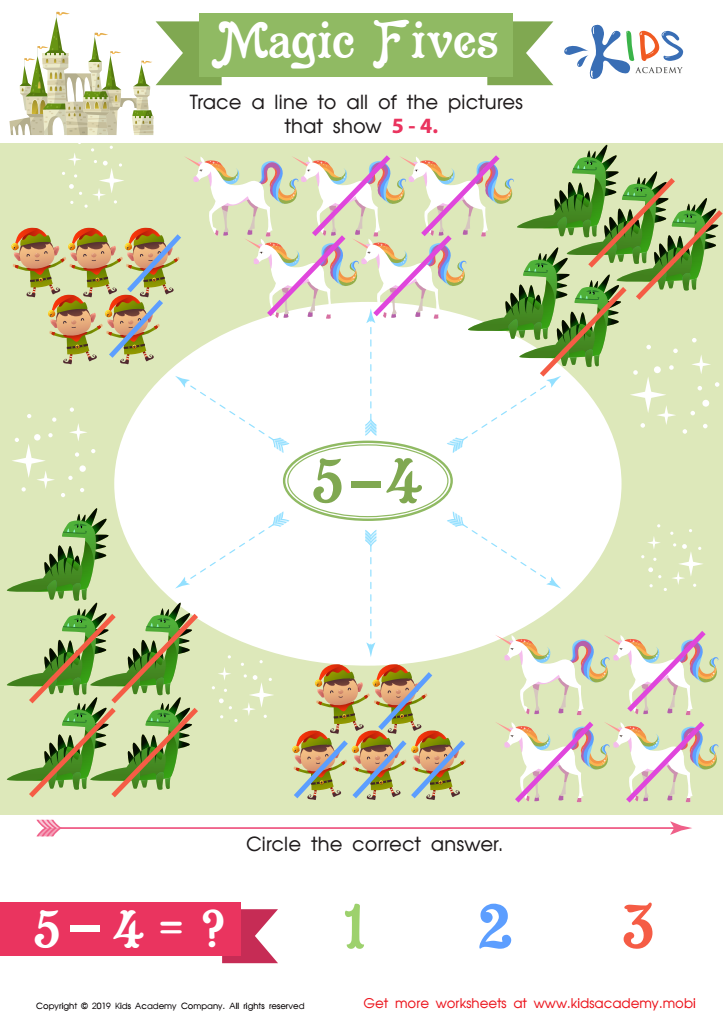

Magic Fives Worksheet
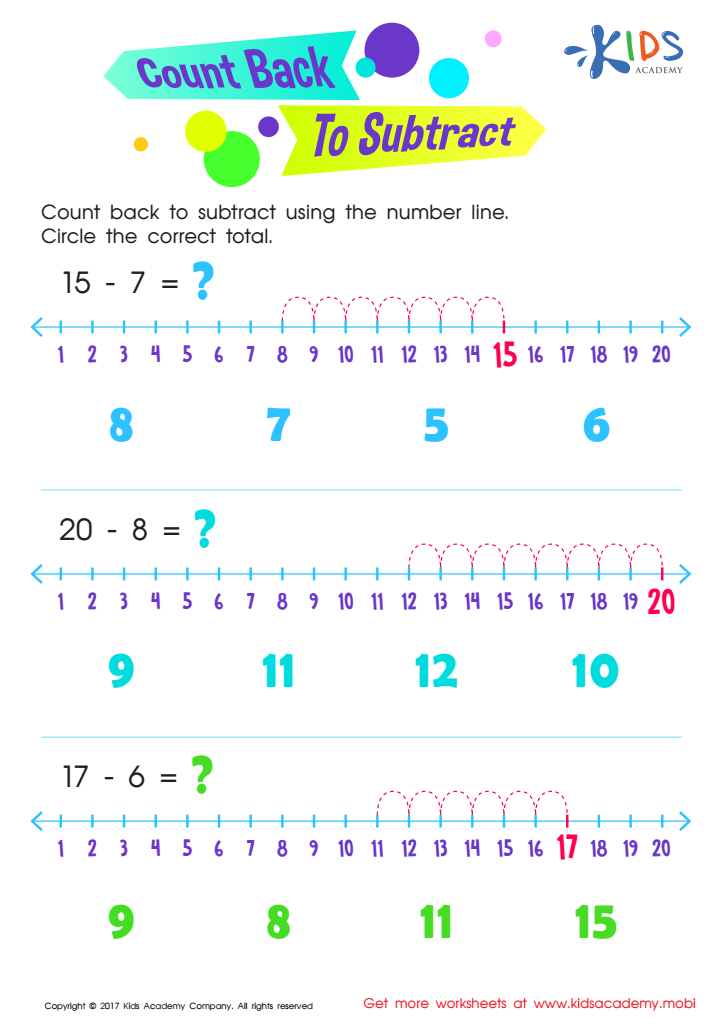

Count Back to Subtract Substraction Worksheet
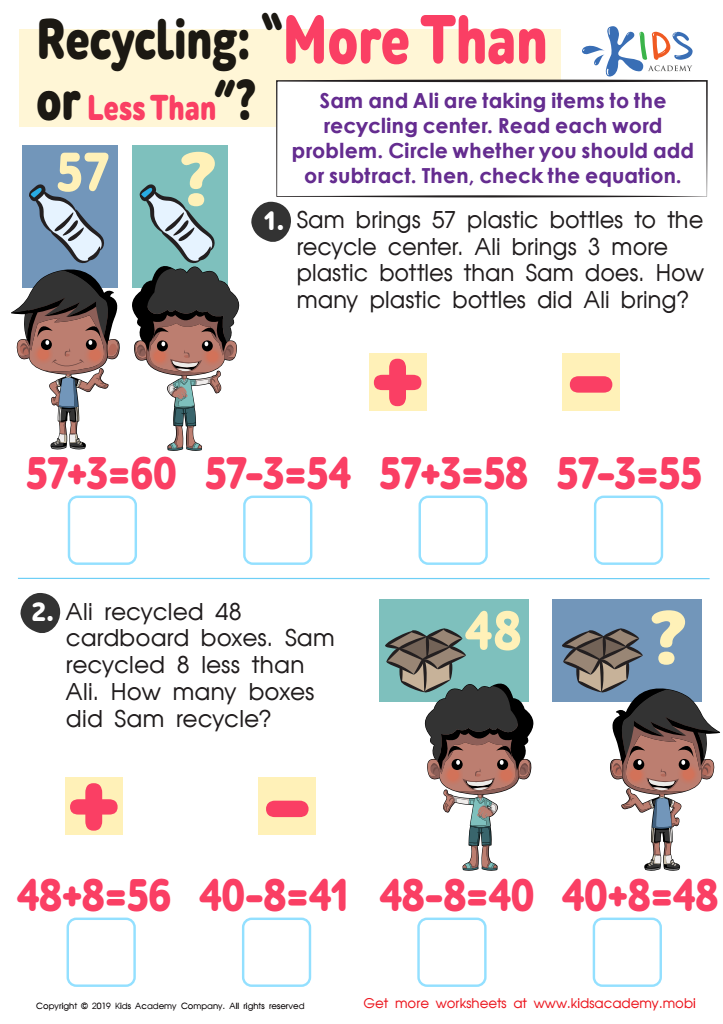

Recycling - More or Less Worksheet
Normal subtraction is a foundational mathematical concept that plays a pivotal role in the early cognitive development of children aged 3-5. During these formative years, children are naturally curious and eager to explore numbers and relationships between them. Teaching normal subtraction not only helps them understand basic arithmetic but also fosters critical thinking and problem-solving skills.
Understanding subtraction lays the groundwork for more complex mathematical operations later in their education. When children grasp the concept of taking away from a set, they develop a better understanding of quantities, how numbers relate to one another, and the real-world applications of math, such as sharing and dividing objects.
Moreover, early exposure to subtraction through engaging activities—for instance, using physical objects like toys or snacks—can make learning enjoyable. Parents and teachers can create interactive experiences that reinforce these concepts in context, cultivating positivity towards math.
In essence, an emphasis on normal subtraction during these early years not only builds numeracy skills but also supports overall brain development, boosts self-confidence, and sets the stage for lifelong mathematical learning. Ultimately, investing time in teaching subtraction can lead to greater academic success and resilience in problem-solving for students as they progress through their educational journey.
 Assign to My Students
Assign to My Students



